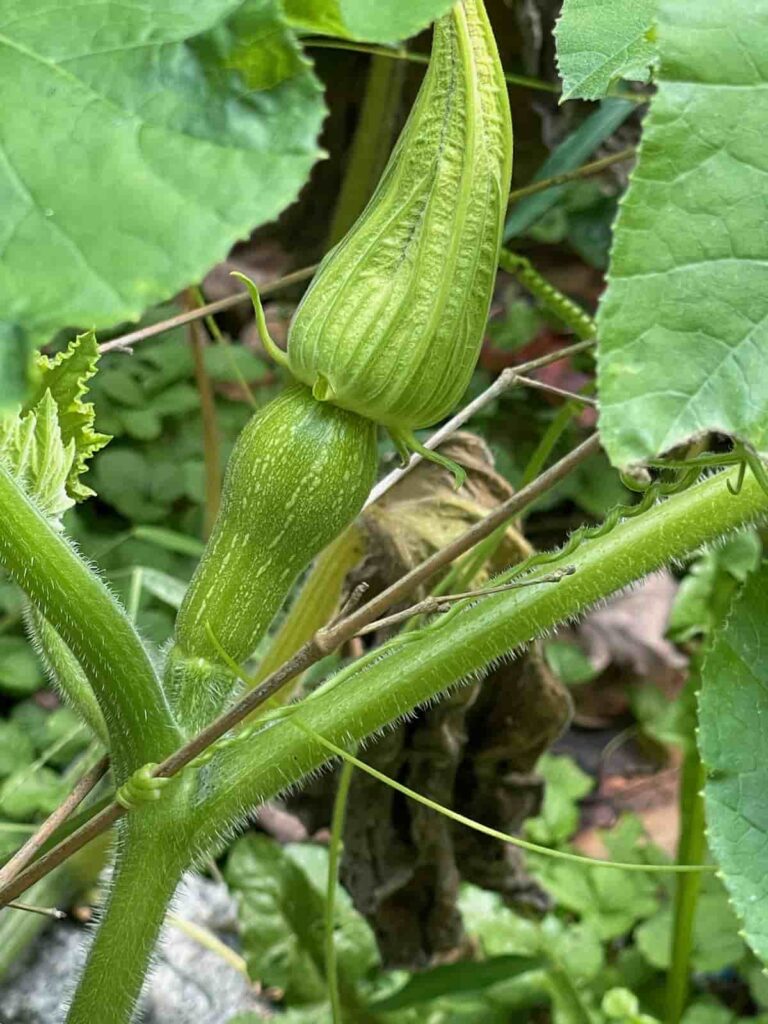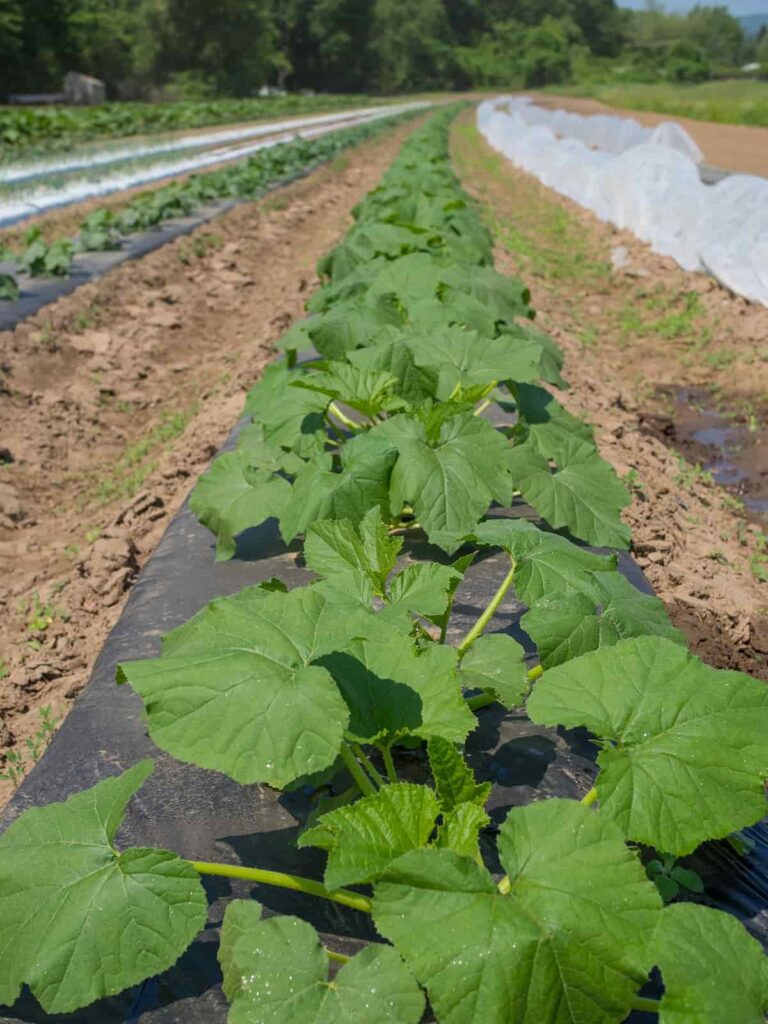Squash is a versatile and profitable crop in the USA. There are many different Squash varieties, such as zucchini, yellow summer Squash, and pumpkin. This article will provide tips on growing Squash in the USA, including soil, propagation, planting, care, and farming information.
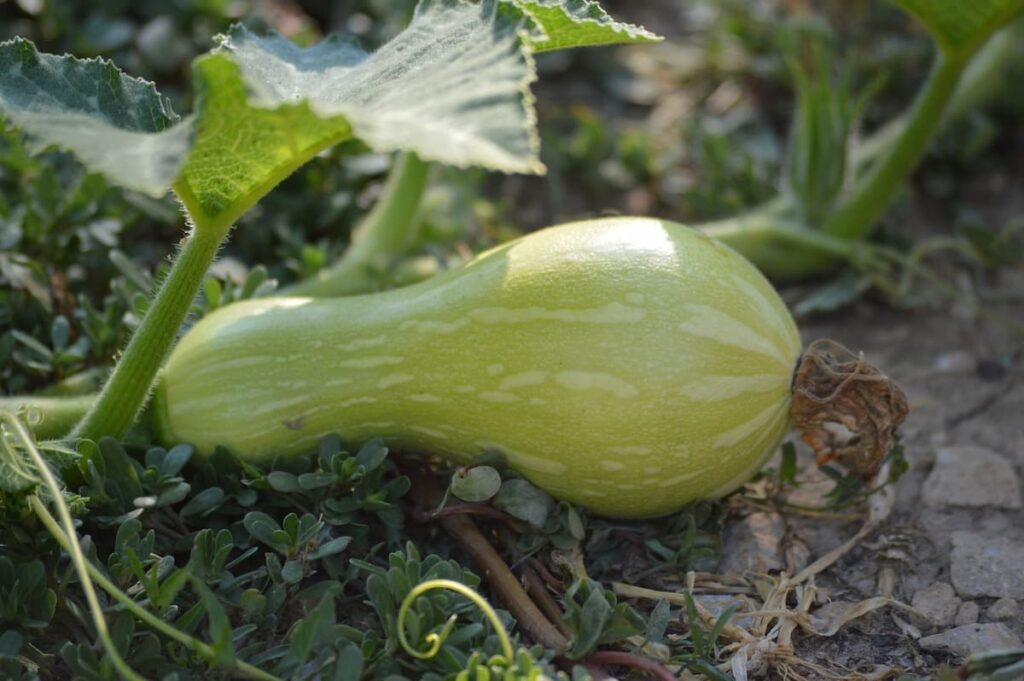
How to grow winter Squash and Summer Squash in the USA
Soil requirement for growing Squash in the USA
- Squash is a warm-season crop typically planted in late spring or early summer. The soil should be well-drained and rich in organic matter. Squash can be grown in different soil types, but sandy loam soils are ideal. The pH should be 6.0 to 7.0.
- To prepare the bed, plow or spade to a depth of 8 to 10 inches, Incorporate 2 to 4 inches of organic matter like well-rotted manure or compost. Rake the bed smooth and level before planting.
- When growing Squash commercially, selecting a site with full sun and well-drained soil is essential. The soil should also be amended with organic matter such as compost or manure to help improve drainage and fertility.
- To have a successful Squash crop, start with well-drained, nutrient-rich soil. Add organic matter to the soil before Squash planting to help retain moisture and improve drainage. Test the soil pH and adjust as necessary.
Squash growing areas in the USA
- The USA is one of the top producers of Squash, with California, Florida, and Arizona leading the way in production.
- In the United States, Squash is typically grown in the warm-weather states of California, Arizona, and New Mexico. However, Squash can be successfully grown in cooler climates if given the proper care.
- There are many Squash-growing areas in the USA, each with a climate and soil type. The sunlight the area receives is essential in deciding where to grow your Squash. Squash needs at least 6 hours of direct sun daily to produce good yields.
- If you have the space, choosing an area with full sun all day is best. If that’s impossible, try to find a spot with morning sun and afternoon shade. This will protect the Squash from getting too hot in the afternoon and improve the fruit set.
- Winter Squash, such as Acorn, Butternut, or Spaghetti Squash, is picked when mature and can be stored for up to several months in a cool, dark place. Winter Squash requires a long growing season. While it is grown in almost every U.S. state, Michigan, New York, and California grow the most.
In case you missed it: Growing Squash In Containers Information
Squash growing problems in the USA
Squash is a warm-season crop best grown in the spring and summer months. However, Squash can also be grown in some areas of the United States in the fall and winter. The main problems with growing Squash in the United States are:
Soil Quality
The soil quality is a major factor in determining whether or not Squash will grow well. Squash requires well-drained, nutrient-rich soil to thrive. If the soil is too heavy or too sandy, it can impede the growth of Squash plants.
Propagation
Another problem with growing Squash in the United States is propagation. This is because Squash plants are typically propagated by seed. However, finding high-quality seeds germinating and producing healthy plants can be difficult.
Planting
Planting Squash can also be tricky, as the plants need to be planted in the right location. Planting too early or too late may not produce fruits or vegetables properly. Additionally, if not planted in an area with full sun exposure, they may not grow as vigorously as they should.
Care
Caring for Squash plants can also be tricky, as they require consistent watering and fertilization to remain healthy and productive. Additionally, pests and diseases can wreak havoc on Squash crops, making it difficult to get a good yield from them.
Squash growing conditions in the USA
- Squash is a warm-season crop that thrives in full sun and well-drained soil with pH levels of 6.0 and 7.0. The ideal soil temperature for Squash germination is between 70°F and 95°F.
- Squash can be direct-seeded or started indoors 3-4 weeks before the last frost date. Seeds should be sown 1-2 inches deep in rows 4-6 feet apart. Transplants should be planted 1-2 weeks after the last frost date.
- Water Squash regularly, especially during dry periods, to keep the soil moist but not soggy. Mulch around plants to help retain moisture and control weeds. Fertilize Squash plants every two weeks with a balanced fertilizer such as 10-10-10 or 5-10-5.
- Harvest Squash when they are mature (fully grown but still tender), and the skin is hard enough to resist piercing with a fingernail. Cut fruits from the plant with a sharp knife, leaving a short stem attached.
In case you missed it: How to Protect Cucumber and Squash Plants from Powdery Mildew: Causes, and Treatment
Squash varieties in the USA
There are many different Squash varieties in the USA, each with its unique flavor and texture. The most popular varieties include:
- Acorn Squash: This variety has a deep green color and a nutty flavor. It is typically roasted or baked.
- Butternut Squash: This variety has a creamy white flesh and a sweet, nutty flavor. It is often used in soups and stews.
- Pumpkin: This variety is orange in color and has a sweet, earthy flavor. It is commonly used in pies and other desserts.
- Spaghetti Squash: This variety has a yellow or orange color and a mild, sweet flavor. Its stringy flesh can be used as a healthy alternative to pasta noodles.
- Yellow Squash: It is a summer Squash typically harvested in July or August. The most popular variety of yellow Squash in the USA is the ‘Crookneck’ Squash.
Winter Squash production in the United States
- The USA is one of the world’s top producers of Winter Squash. Winter Squash is a type of Squash harvested in the fall or winter and has a hard, thick skin that can vary in color from orange to green to brown.
- There are many types of winter Squash, but some of the most popular varieties in the United States include acorn Squash, butternut Squash, and pumpkins. Winter Squash is typically grown on small family farms, although there are some large commercial operations.
- The climate and soil conditions in the United States are ideal for growing winter Squash. Squash requires warm days and cool nights to grow properly, and the United States has many areas with these conditions. The soil must also be well-drained and rich in organic matter.
- To grow winter Squash, farmers must prepare the soil by tilling it deeply and adding compost or other organic matter. They then plant the seeds or seedlings in late spring or early summer. Squash plants require much space, so farmers often plant them on hillsides or mounds to allow for proper drainage.
- Once the plants start to produce fruit, farmers need to monitor them for pests and diseases carefully. Squash plants are particularly susceptible to powdery mildew, which can destroy an entire crop if left unchecked. Farmers will often use fungicides to control this disease.
In case you missed it: Squash Farming Information Guide
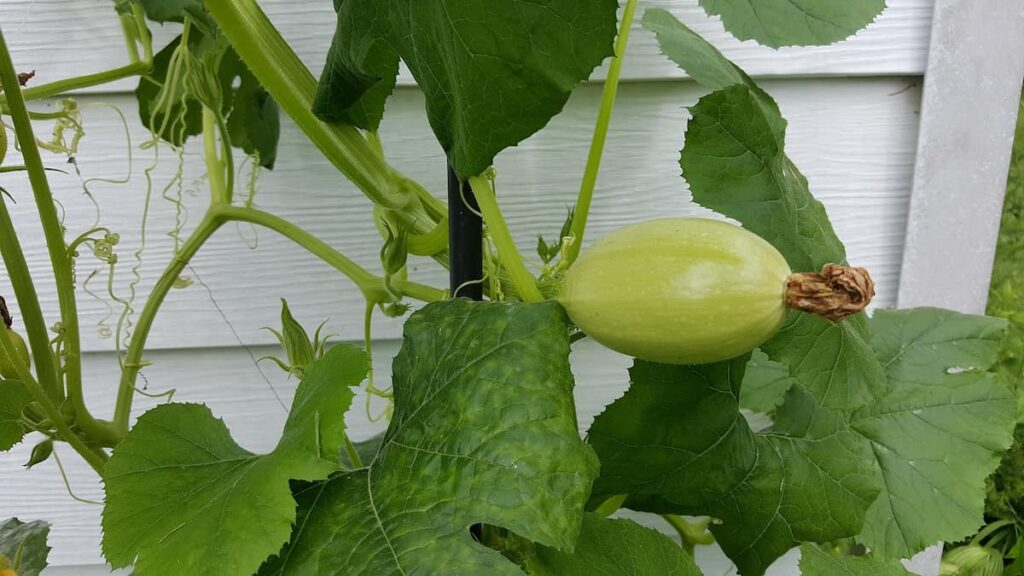
How to grow Squash in containers?
- Growing Squash in pots or containers is a great way to enjoy the delicious fruit without wasting too much space. The key to success is to choose the right type of Squash and to provide plenty of water and nutrients.
- There are many different types of Squash, but the most popular for container gardening are summer Squash, like zucchini and crookneck. Winter Squash can also be grown in containers, but they need more space.
- The best way to water your Squash plants is with a soaker hose or drip irrigation system. Water the plants deeply and regularly, especially during hot weather. Fertilize with a high-quality compost or manure tea every 2-3 weeks.
- Firstly, fill your containers with a good quality potting mix containing compost or manure. Place the plants in the center of the container, leaving enough room to spread out as they grow.
- Squash plants need full sun to produce lots of fruits, so choose a spot in your backyard with at least 6 hours of sun daily. If you live in a hot climate, consider providing some afternoon shade for your plants by using an umbrella or suspending a shade cloth.
- Once the plants start producing fruits, you’ll need to support them so they don’t break off the vine. Use tomato cages or trellises made specifically for Squash plants. Gently tie the vines to the supports as they grow.
Squash fertilizer requirements
Squash plants are relatively heavy feeders and require soil with a high nutrient content to produce a bountiful crop. A soil test can help you determine the specific fertilizer requirements of your Squash plants.
Common fertilizers used for Squash plants include compost, manure, and synthetic fertilizers. It is essential to distribute the fertilizer around the base of the plant evenly and not damage the plant roots. Fertilize Squash plants every two weeks during the growing season for the best results.
Water requirement for growing Squash
Watering is the most important aspect of growing Squash. Squash requires a lot of water, especially when actively growing and producing fruit. The best way to water Squash is to use a soaker hose or drip irrigation system. These systems deliver water directly to the plant’s roots, which can be used most effectively.
If you cannot install a drip irrigation system, you must water your Squash by hand. Be sure to water the plants deeply, soaking the root zone thoroughly. Water early in the day so the leaves have time to dry before nightfall. This will help reduce the risk of disease problems.
In case you missed it: Squash Farming in Polyhouse – A Full Guide
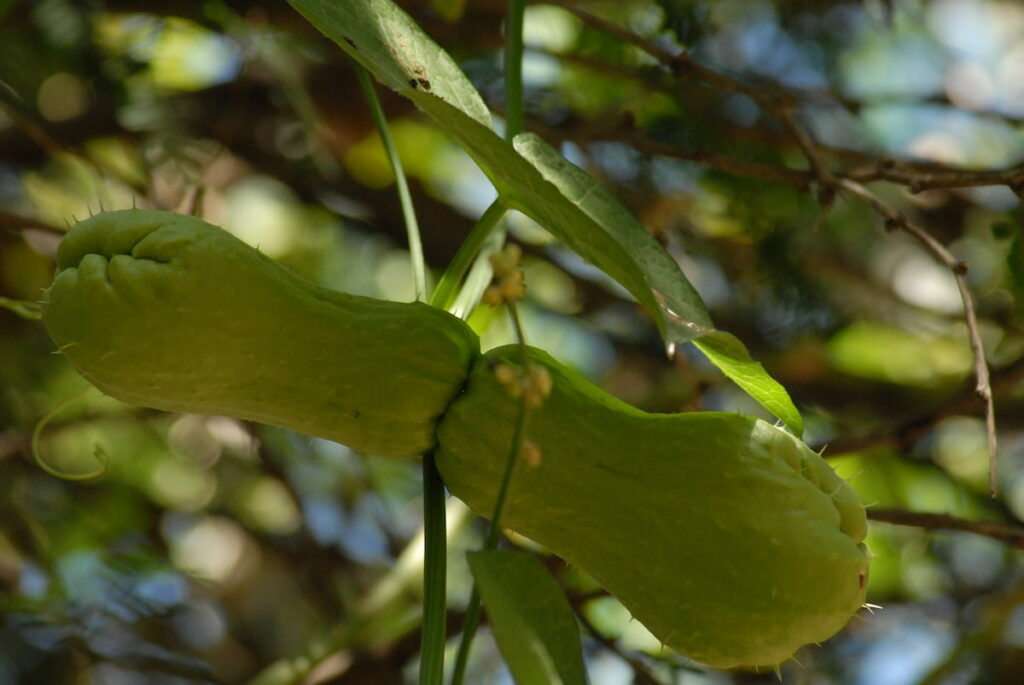
Summer Squash farming in the United States
- Summer Squash is the most popular vegetable in the USA. This vegetable can be used in many dishes, from salads to main courses. Plus, it’s easy to grow your summer Squash at home.
- To get started, you’ll need some quality seedlings or seeds. You can find these seeds at your local nursery or gardening center.
Squash propagation methods in the USA
The two main types of Squash are Summer Squash and Winter Squash. Winter Squash has a hard outer shell and can be stored for long periods, while summer Squash has a softer outer skin and should be eaten soon after harvest. Both types of Squash can be propagated by seed or by vegetative methods.
Seed propagation
Squash seeds can be started indoors about 6-8 weeks before the last frost date in the region. Sow the Squash seeds in a sterile soilless mix at a depth of about 1/2 inch. Keep the soil moist, and provide bottom heat if possible. Once the seedlings emerge, thin them out so that only the strongest plant is left per pot when it is time to transplant them outdoors; harden off the seedlings by acclimating them to outdoor conditions over 7-10 days. Plant them in prepared beds 2-3 feet apart, with 5-6 feet between rows.
Vegetative propagation
Cuttings from young, actively growing Squash plants can be taken and rooted in moist sand or perlite. The cuttings should be 4-6 inches long and should have at least 2 nodes (the places where leaves are attached). Dip the plant stem’s cut end into the rooting medium.
Squash pests, diseases, and their control in the USA
- As your plants grow, keep an eye out for pests and diseases. Common problems include cucumber beetles, powdery mildew, and downy mildew. Be sure to address any issues promptly to prevent them from spreading and damaging your crop.
- The cucumber beetle is one of the most common Squash pests in the USA. These beetles are attracted to the flowers and leaves of Squash plants and can quickly decimate a crop. The best way to control cucumber beetles is to combine cultural practices and insecticides.
- Squash plants are relatively pest and disease-free, but a few common problems can occur. Aphids, cucumber beetles, and Squash bugs are the most common pests that attack Squash plants. These pests can be controlled with regular insecticidal soap or neem oil applications.
- Diseases affecting Squash plants include powdery mildew, downy mildew, and mosaic virus. These diseases are most commonly found in areas with high humidity or where the plants are stressed. To prevent these plant diseases, it is essential to water the plants at the base instead of from above and to avoid getting water on the leaves. If you notice any of these diseases in your plants, you can treat them with a fungicide.
- It is essential to practice good crop rotation to prevent plant pests and diseases from taking over your Squash crop. This means planting your Squash in a different location each year so that pests and diseases have less chance to build up in the soil.
Cultural practices that can help reduce cucumber beetle populations include:
Planting trap crops such as nasturtiums or radishes around the perimeter of your Squash patch. Cucumber beetles will be attracted to these plants instead of your Squash, and you can then remove them by hand or with an insecticide.
Keep your garden clean and free of debris where cucumber beetles can hide and lay their eggs. If you find cucumber beetles on your plants, you can control them with insecticides containing carbaryl, pyrethrin, or neem oil. Be sure to follow the instructions carefully on the label and reapply as needed according to the label directions.
In case you missed it: Growing Organic Squash – Farming, Planting Guide
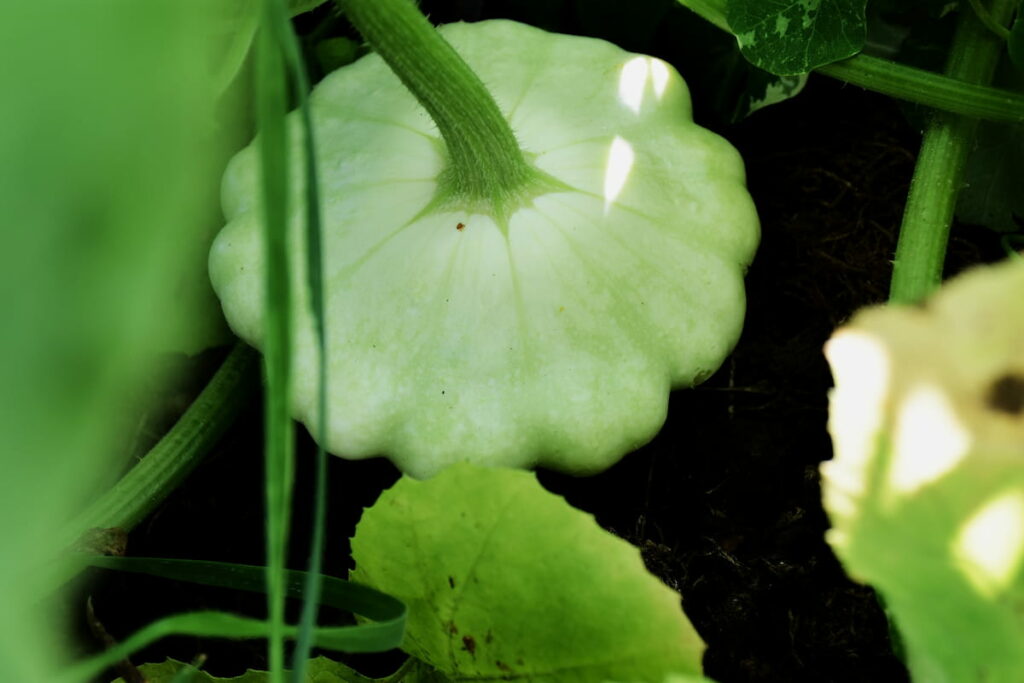
Squash harvesting tips
- The best time to harvest Squash is in the morning after the dew has evaporated. Use a sharp knife to cut the stem, careful not to damage the plant.
- If you’re growing winter Squash, you’ll need to let it cure for 10-14 days after harvesting. Place the Squash in a warm, dry place out of direct sunlight. This will help it develop a hard skin that will protect it during storage.
- Once cured, winter Squash can be stored for several months. Please keep it in a cool, dark place like a basement or root cellar. Check on it occasionally to ensure it’s not rotting or developing mold.
Squash yield in the USA
- Squash production in the United States is a multi-million dollar industry with farms of all sizes nationwide.
- Several factors, including the type of Squash, growing conditions, and farmer management practices, determine squash yield in the USA. The average yield for all types of Squash grown in the United States is about 8.5 tons per acre.
- Type of Squash: Different varieties have different yields, with some yielding as little as 1 ton per acre and others yielding over 20 tons per acre.
- Growing conditions: Squash yield can be affected by weather conditions during the growing season. For example, cool temperatures during flowering can reduce pollination and result in a lower yield.
- Farmer management practices: How farmers manage their Squash crop can also affect yield. Things like irrigation, fertilization, pest control, and harvest timing can impact how much Squash is produced.
Conclusion
The plant belongs to the Cucurbitaceae family, which includes cucumbers and watermelons. Squash is a popular vegetable to grow because it is easy to care for and does not require a lot of space. It is also a relatively disease and pest-resistant crop.
- Economical Aquaculture: A Guide to Low-Budget Fish Farming
- 15 Common Planting Errors That Can Doom Your Fruit Trees
- How to Make Houseplants Bushy: Effective Tips and Ideas
- Innovative Strategies for Boosting Coconut Pollination and Yield
- Pollination Strategies for Maximum Pumpkin Yield
- The Complete Guide to Chicken Fattening: Strategies for Maximum Growth
- Natural Solutions for Tulip Problems: 100% Effective Remedies for Leaf and Bulb-Related Issues
- Revolutionizing Citrus Preservation: Towards a Healthier, Greener Future
- Natural Solutions for Peony Leaf and Flower Problems: 100% Effective Remedies
- Maximizing Profits with Avocado Contract Farming in India: A Comprehensive Guide
- Natural Solutions for Hydrangea Problems: 100% Effective Remedies for Leaf and Flowers
- The Ultimate Guide to Choosing the Perfect Foliage Friend: Bringing Life Indoors
- From Sunlight to Sustainability: 15 Ways to Use Solar Technology in Agriculture
- The Ultimate Guide to Dong Tao Chicken: Exploring from History to Raising
- The Eco-Friendly Makeover: How to Convert Your Unused Swimming Pool into a Fish Pond
- Mastering the Art of Delaware Chicken Farming: Essentials for Healthy Backyard Flocks
- 20 Best Homemade Fertilizers for Money Plant: DIY Recipes and Application Methods
- How to Craft a Comprehensive Free-Range Chicken Farming Business Plan
- Brighten Your Flock: Raising Easter Egger Chickens for Beauty and Bounty
- How to Optimize Your Poultry Egg Farm Business Plan with These Strategies
- Subsidy for Spirulina Cultivation: How Indian Government Schemes Encouraging Spirulina Farmers
- Ultimate Guide to Raising Dominique Chickens: Breeding, Feeding, Egg-Production, and Care
- Mastering the Art of Raising Jersey Giant Chickens: Care, Feeding, and More
- Ultimate Guide to Raising Legbar Chickens: Breeding, Farming Practices, Diet, Egg-Production
- How to Raise Welsummer Chickens: A Comprehensive Guide for Beginners
- How to Protect Indoor Plants in Winter: A Comprehensive Guide
- Ultimate Guide to Grow Bag Gardening: Tips, Tricks, and Planting Ideas for Urban Gardeners
- Guide to Lotus Cultivation: How to Propagate, Plant, Grow, Care, Cost, and Profit
- Agriculture Drone Subsidy Scheme: Government Kisan Subsidy, License, and How to Apply Online
- Ultimate Guide to Raising Araucana Chickens: Breed Profile, Farming Economics, Diet, and Care
- Bringing Hydroponics to Classroom: Importance, Benefits of Learning for School Students
- Ultimate Guide to Raising Polish Chickens: Breed Profile, Farming Economics, Diet, and Care
- Ultimate Guide to Raising Australorp Chickens: Profile, Farming Economics, Egg Production, Diet, and Care
- Silkie Chicken Farming: Raising Practices, Varieties, Egg Production, Diet, and Care
- Sussex Chicken Farming: Raising Practices, Varieties, Egg Production, Diet and Care
- Homemade Feed Formulations for Livestock: Discover Cost-effective Starter to Finisher Feed Recipes
